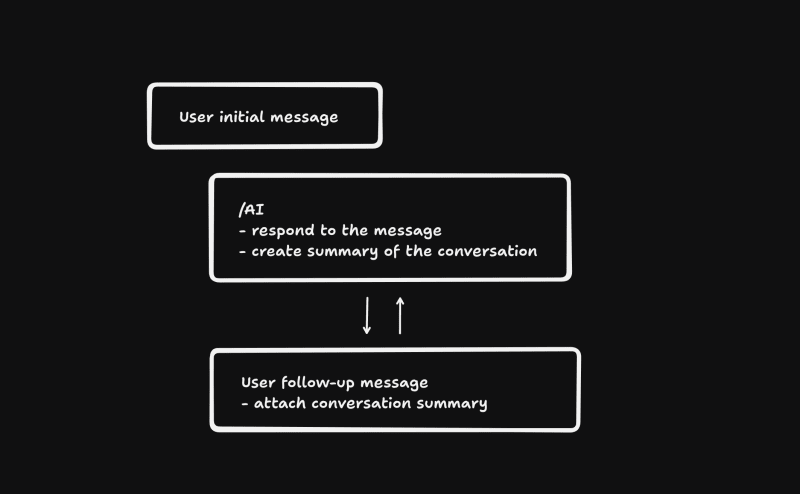Understanding CSS Selectors: A Comprehensive Guide
In website design, CSS selectors are vital. They serve as a magic wand for designers, enabling them to target and style webpage elements with precision. We will explore the different CSS selectors and their functions in detail.
CSS selectors are not limited to styling elements; they can also select elements based on attribute values, such as “href” in links or “src” in images, to apply specific styles. 🎨✨
Basic Selectors:
Universal Selector: This selector, denoted by “*”, targets every single element on a webpage. It’s like casting a wide net, allowing you to make sweeping changes across your entire site. For example, you can use it to reset margins or set a consistent font style.
margin: 0;
font-family: Arial, sans-serif;
}
Type Selector: This selector targets all elements of a specific type, such as paragraphs or headings. While it’s not used as frequently due to its broad nature, it can be handy for setting default styles across similar elements.
color: #333;
font-size: 16px;
}
Class Selector: Classes are like labels that you can apply to HTML elements to group them together. The class selector, denoted by “.”, allows you to target and style elements based on these labels. It’s incredibly versatile and commonly used for styling reusable components, like buttons or cards.
padding: 10px 20px;
border-radius: 5px;
}
.btn-primary {
background-color: #007bff;
color: #fff;
}
ID Selector: Similar to classes, IDs provide a unique identifier for a single element on a webpage. The ID selector, denoted by “#”, allows you to target and style a specific element. However, IDs should be used sparingly, as they can lead to specificity issues and hinder scalability.
font-size: 24px;
font-weight: bold;
}
Combination Selectors:
CSS selectors can also be combined to create more specific targeting rules. For example, you can use descendant selectors to style elements that are nested within other elements, or direct child selectors to target only immediate children of a parent element. These combination selectors provide granular control over styling and help avoid unintended style conflicts.
<div class=“header”>
<h1>Welcome</h1>
</div>
<div class=“content”>
<p>Content goes here</p>
</div>
</div>
background-color: #f0f0f0;
}
.container > .content {
margin-top: 20px;
}
Pseudo-Classes and Pseudo-Elements:
Pseudo-classes and pseudo-elements are special keywords that allow you to style elements based on their state or position in the document. For instance, you can use the “:hover” pseudo-class to change the style of a button when a user hovers over it, or the “::before” pseudo-element to insert content before an element’s content. These selectors add interactivity and enhance the user experience.
background-color: #ffcc00;
}
.btn::before {
content: “🎉 “;
}
Attribute Selectors:
Attribute selectors enable you to target elements based on their attributes or attribute values. This is particularly useful for styling elements with specific attributes, such as links with a certain “href” value or images with a particular “alt” text. Attribute selectors provide flexibility in styling and help ensure consistency across different parts of a webpage.
color: #007bff;
text-decoration: none;
}
Conclusion:
CSS selectors are powerful tools that allow designers to precisely target and style elements on a webpage. By understanding the different types of selectors and how they work, you can create visually appealing and consistent designs. So, experiment with various selectors, practice combining them effectively, and unleash your creativity in web design!




